1. Electromagnetic Induction: AC axial fans operate on the principle of electromagnetic induction. When an alternating electrical current passes through the fan's motor, it produces a magnetic field that forces the motor to turn, driving the fan blades.
2. Blade Design: The shape, size, and number of blades in AC axial fans are critical design considerations that determine the amount of air that each revolution of the fan can move. The blades in AC axial fans are generally designed with an aerodynamic profile to maximize the airflow and reduce turbulence.
3. Airflow Direction: In AC axial fans, the airflow direction is parallel to the axis of the fan. In Xie Heng Da axial fan factory, The air enters the fan at the front and exits at the back, creating a continuous stream of airflow.
4. Motor Speed: The speed of AC axial fans is determined by the frequency of the current supplied to the motor. In addition to the frequency of the current, the motor's design and the number of poles also play a role in determining the fan's speed. The fan speed also has an impact on the amount of airflow that the fan can generate.
What is the difference between EC axial fans and AC axial fans?
The demarcation between EC axial fans and AC axial fans is pivotal in the world of cooling technology. EC (Electronically Commutated) and AC (Alternating Current) axial fans diverge significantly in terms of efficiency, control, and performance.
EC axial fans utilize advanced electronics to regulate the motor's operation, providing variable speed control and heightened energy efficiency. This adaptability results in precise cooling tailored to real-time demands, ensuring reduced power consumption and cost savings.
In contrast, AC axial fans operate at fixed speeds, without the capability for variable control. While AC fans are suitable for conventional cooling applications, EC axial fans revolutionize energy efficiency, noise reduction, and temperature control precision.
The dynamic nature of EC axial fans, with their ability to adjust airflow to varying needs, positions them as eco-conscious solutions in modern cooling strategies. Xie Heng Da AC axial fan manufacturer offers both EC and AC axial fan options, ensuring that clients can choose the technology that best suits their requirements, from energy-conscious electronics cooling to industrial ventilation.
Applications of AC axial fans
AC axial fans are integral components in a wide range of applications, owing to their efficient airflow and reliable cooling capabilities. Their versatile design and effectiveness make them indispensable in various industries.
In electronics, AC axial fans prevent overheating in computers, servers, and other electronic devices. They ensure optimal performance by dissipating heat generated during operation.
AC axial fans find application in commercial settings, including retail spaces and offices, where proper ventilation is crucial for maintaining a conducive atmosphere for customers and employees.
Industrial processes benefit from AC axial fans by managing heat generated in manufacturing and production. These fans contribute to a safe working environment and the longevity of machinery.
Automotive cooling systems utilize AC axial fans to regulate engine temperatures and prevent overheating, ensuring efficient engine performance.
From electronics to industrial settings, AC axial fans play a pivotal role in enhancing efficiency, preventing equipment damage, and maintaining optimal conditions across various applications.

 EN
EN 
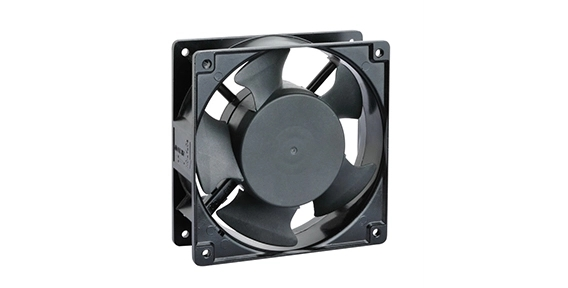 +
+
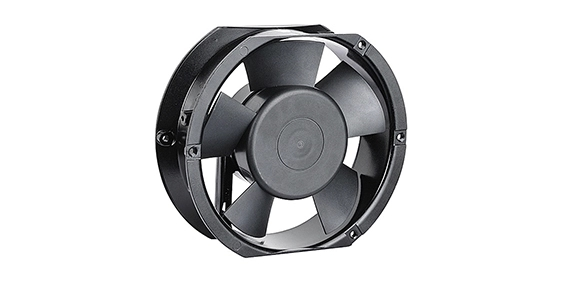 +
+
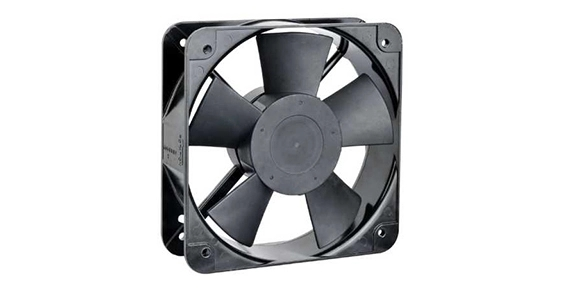 +
+
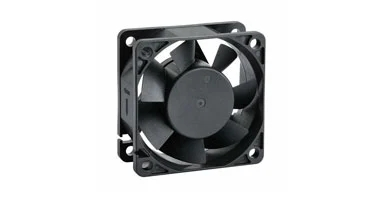 +
+
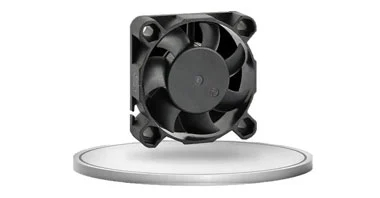 +
+
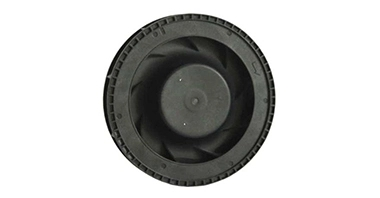 +
+



